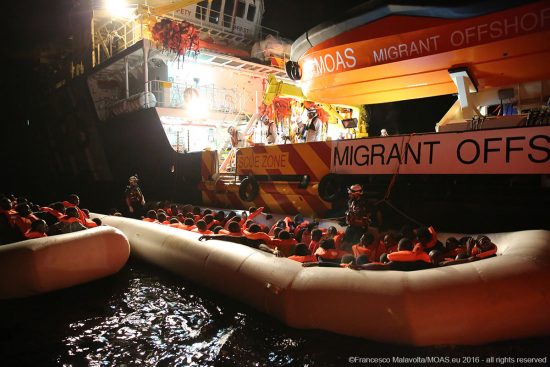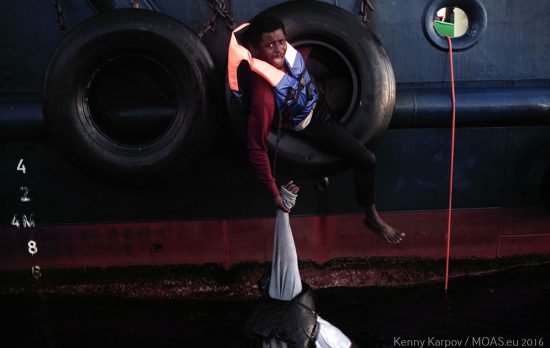
Cruising the Mediterranean in is becoming somewhat tricky for superyacht Captains.
Search-and-rescue operators in the Mediterranean are suggesting that in areas close by southern Italy and Malta the sea is more dangerous than ever as 2016 becomes deadliest year on record
Despite tireless efforts to save lives by both civil society and European navies, crews are witnessing search-and-rescue efforts in the Mediterranean becoming more challenging than ever.
Unprecedented numbers of migrants and asylum seekers being placed on unseaworthy rubber boats according to a recent report from MOAS a search-and-rescue charity working in the area.
The number of deaths this year has risen to almost 4,300 exceeding death tolls of past years. While the number of people crossing the Mediterranean as a whole has decreased when compared to previous years, it must be noted that the number of people attempting the Central Mediterranean route – from Libya to Italy – has remained largely unchanged.
The charity currently operating with two vessels, Phoenix and Responder, in the Central Mediterranean has seen its humanitarian efforts overwhelmed this year, largely due to the changing approach of smuggling networks. They believe whereas in past years, crossings were organised in more manageable trickles, perhaps a few a day, this year crews have seen departures organised in large waves.

MOAS research and analysis suggests that this change in approach might be both an attempt to maximise opportunity and meet demand on the part of the smugglers. The smuggling networks appear to be industrialising, with increased competition representing a new challenge for them in procuring enough rubber boats, engines, and fuel containers to meet the demand.
Their 2016 mission was launched on 6 June in partnership with the Italian Red Cross. The MOAS crews have rescued and assisted almost 19,000 people in the past 5 months alone.
“The combination of heavier loads and inferior quality of boats lies at the heart of the problem,” they suggest.
They add, “There is no doubt that the vessels are built to last a few miles to see people beyond Libyan territorial waters”.
Over 30,000 people have already been saved since MOAS launched its first life-saving mission in 2014, and almost 19,000 have been rescued and assisted since June 2016 alone.
